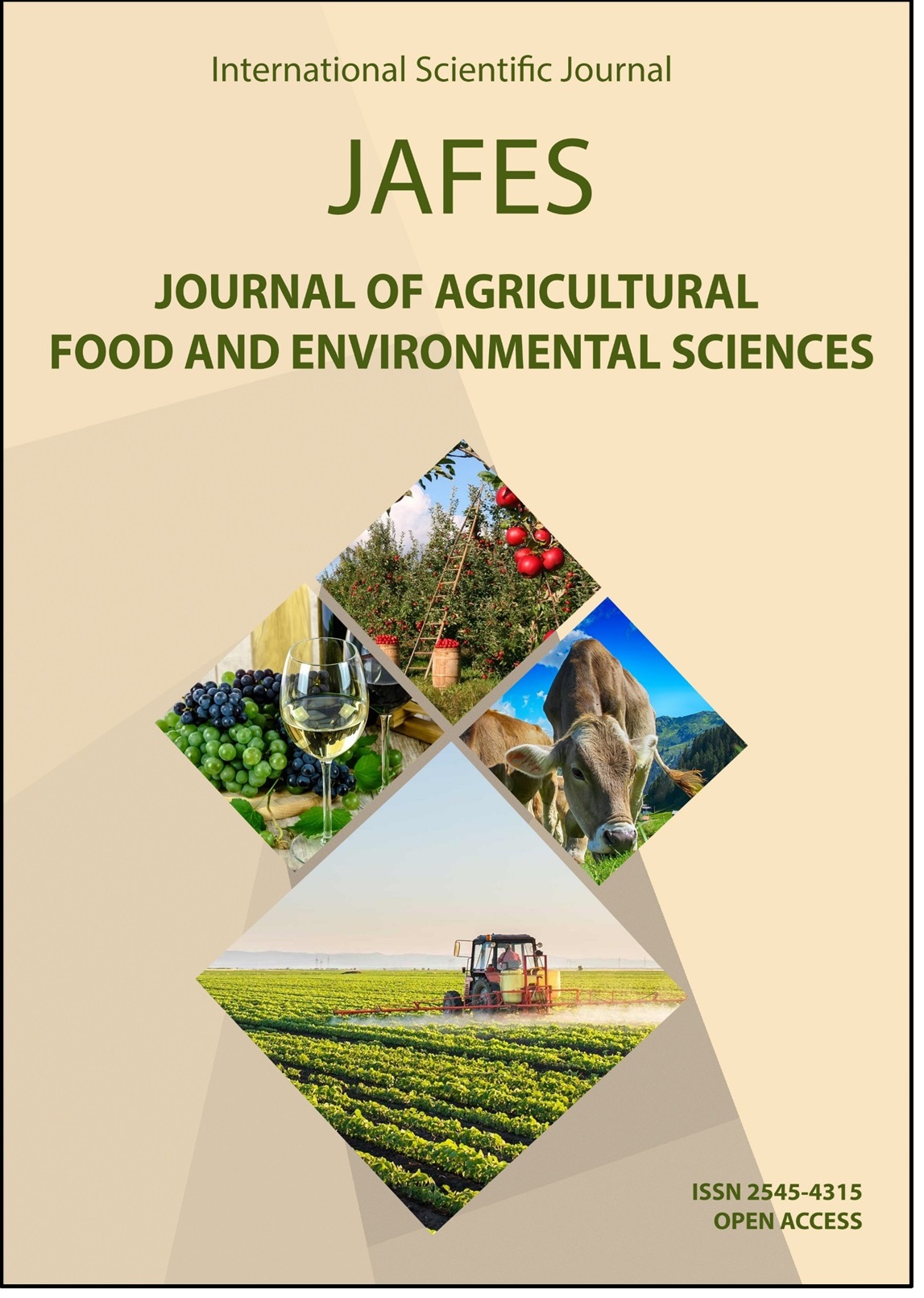LAND SUITABILITY FOR RICE CROP FARMING IN KWARA STATE USING GIS-BASED MULTI-CRITERIA DECISION ANALYSIS
Land suitability for rice cultivation
Клучни зборови:
Remote sensing, food security, agriculture, AHP, Nigeria, land use planningАпстракт
This study employs GIS-based multi-criteria decision approach to identify suitable areas for cultivating rice crop in Kwara State, Nigeria, using essential climatic, soil, terrain and environmental variables selected based on FAO framework for land evaluation. Weights indicating the relative importance of each variable was determined using Analytical Hierarchical Process (AHP). The criteria, their weights and constraints were integrated in GIS environment to produce suitability map, classified into five levels of suitability (Very highly suitable, highly suitable, moderately suitable, low suitable and not suitable) using weighted overlay operation. The result indicates that 9.7% (343803.75 ha) of the total land area is unsuitable for cultivating rice while 14.6% (516169.46 ha) is classified as low suitable area. The moderately suitable, highly suitable and very highly suitable classes occupy 30.8% (1091145.20 ha), 40.56% (1436504.55 ha) and 4.4% (154408.94 ha), respectively. Quantitative assessment of the work yields overall accuracy (area under the ROC curve) of 0.97 (97%). Based on the findings of this study, we recommend that the state land use planning agency review zoning mechanism, incorporates grassroot participatory land use planning policy and evaluate suitable land for other essential crops by incorporating GIS in order to sufficiently allocate lands for optimal utilization.



